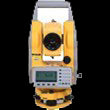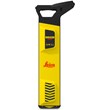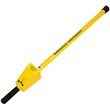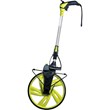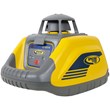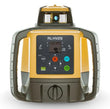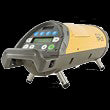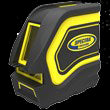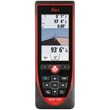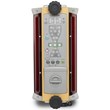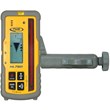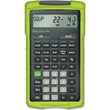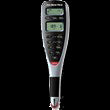
Buyers Guide to Pole Saws
Looking for the right reliable pole saw can be overwhelming. There are various options and choosing the most expensive saw does not always mean it will be the best model for your needs. In addition, searching, comparing and analyzing different features and prices can be time-consuming. To help you decide, we at Tiger Supplies have compiled a comprehensive buyer's guide to assist with your purchase. But first, let's start at the basics of what a pole saw is and what features you should be paying attention to. (If you're already aware of how a pole saw can help you scroll down to our section called Our Recommendations)
What Are Pole Saws?
A Pole Saw is a small, rounded blade attached to a long stem or pole used for cutting branches beyond the users' reach. Thus, improving one's ability to quickly and efficiently trim tall tree branches and hedges. There are two main categories of pole saws, Manual Pole Saws and Powered Pole Saws. Both are great options but have their limitations, so before choosing your pole saw, determine your landscaping needs.
The Different Types of Pole Saws
The Manual Pole Saw
A Manual Pole Saw is a crescent-shaped saw attached to a long pole that allows users to cut tall branches by moving the rod in a back-and-forth motion. Due to the less harsh movement of cutting tree branches by hand, this pole minimizes the risk of releasing mold spores into the air. However, while the pole design uses sharp bristles and a curved blade to achieve low user effort, the manual pole saw is significantly more rigorous and time-consuming than its powered pole saw alternative.
A Powered Pole Saw
A Powered Pole Saw uses gas or electric power to run the saw. The blade is a miniature chainsaw bar attached to a long retractable pole. Within the powered pole saws, we have hydraulic pole saws, electric pole saws, and gas pole saws. Electric pole saws tend to be lighter, cheaper and quieter than gas pole saws, but they are also less powerful.
The Electric Pole Saw (Corded vs. Cordless)
There are two types of electric pole saws, corded and cordless. An electric corded pole saw is excellent for smaller yards where you don't need to maneuver long distances, as the cord can't travel too far from the outlet. A battery-operated, also known as a cordless electric pole saw, is convenient for larger yards without above-average maintenance needs.
Gas Powered Pole Saws
Gas Powered Pole Saws are typically better suited to cut through thick branches. While these poles are more expensive than an electric and manual pole saw, they are also more powerful and efficient. As a result, this is the type of pole saw professional landscapes tend to opt into. However, a negative to gas-powered pole saws is that they need regular maintenance and are very loud.
Pole Saw features to consider:
When considering which Pole Saw to buy, consider the following features.
Pole Length:
You'll often see pole saw length written as maximum extension length. This isn't the physical pole length. The maximum extension takes your arm into account when calculating how far the pole reaches into the tree. Pole saws tend to range from 7-15 feet. Many poles are adjustable.
Weight:
Consider a pole saw that is lighter and easier to maneuver. It can be tempting to purchase a heavier pole saw because it seems more durable but keep in mind that you will probably hold your pole saw for an extended time. Portability is essential for continuous standing and landscaping work. Additionally, a lighter pole saw allows for easier control over the pole saw, which is critical to cutting safely.
Cutting bar length/blade size:
The cutting bar length directly correlates with the pole's ability to cut thick branches. A longer blade will allow for cutting thicker branches. When Purchasing a powered pole saw, pay attention to the exposed blade length, not the total blade length. This is how much of the knife is available to cut with. Deciding the right bar length for you should be determined based on the size of the thickest branches you will be removing.
Instrument Noise:
If you are looking for a pole saw that wouldn't disturb the neighbors, avoid gas-powered pole saws. While they are the most powerful, they are sure to bother those around you. Electric and cordless models are much quieter and may fulfill your landscaping needs.
Instrument Maintenance:
When choosing your saw, know that gas-powered pole saws need more maintenance than electric pole saws. Gas pole saws need air filter changed consistently, while for electric-powered, the only care you need to do is ensure the chain keeps sharp.
Additional Features:
When analyzing extra features, consider ergonomic grips, safety switches, automatic chain lube mechanisms, adjustable saw bar angle, removable poles, Anti-kickback and more. Additional features should increase the saw's safety and improve your ability to use it comfortably.

